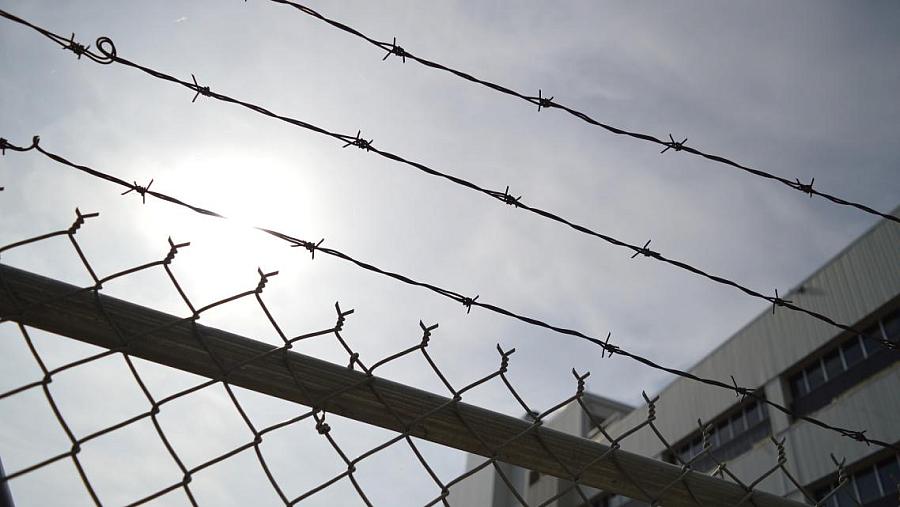Incarceration is stressful in normal times. But COVID protocols will take a toll on the health of incarcerated women for years to come.

Image by ErikaWittlieb/Pixabay
Last fall, the International Journal of Prisoner Health published a study on how the ongoing use of COVID-19 mitigation strategies impacts the mental health of incarcerated women in California.
Participants in the study described being locked in their cells for 23 hours per day (or more), isolated for days, weeks, or months at a time. We know that access to mental health care is limited for incarcerated folks even in normal times, and back in 2020, health experts quickly raised the alarm about the unique risks the virus would pose for inmates.
Nearly three years later, this study is one of the first pieces of qualitative research on the mental health effects of the pandemic on incarcerated populations. There has been even less research on the implications that the pandemic has had on women (and especially older women) who are incarcerated in this country.
Lockdowns have long been a part of prison life in California — used historically as a protocol to contain fights and gang activity. But since the pandemic, lockdowns have become the new normal, used as a catch-all for public health, punishment, and short-staffed institutions. So how does that translate to long-term health outcomes for incarcerated women?
In speaking with inmates directly, my reporting shows that the quality of life for incarcerated folks in California has diminished significantly since COVID. When lockdowns are used several times per week — isolating folks for at least half the day or sometimes even for entire days — inmates lose their ability to work, go outside, and go to school. Incarcerated women have told me that these protocols have completely flipped their experience inside prison, and it especially felt by those who have been incarcerated since before the pandemic.
Several inmates I’ve spoken with have also developed stress-induced symptoms as a result of these lockdowns. As ever, those symptoms are routinely dismissed by their doctors. To cope, incarcerated women are turning to each other as caregivers, developing covert networks among themselves to address and catalog specific mental and reproductive health concerns in real time.
It’s clear that we’re seeing mental health issues rise among incarcerated women, even though California’s state prison population dropped over the last 10 years. The goal of my reporting as a 2023 California Health Equity fellow is to examine the system and policies contributing to that fact as the pandemic has evolved over the last three years.
How has increased confinement and isolation from loved ones and fellow inmates impacted long-term physical and mental health, especially for vulnerable women with preexisting health conditions?
Within that broader project, I’m reporting out how incarcerated women have created their own caregiving networks (which are risky) since the pandemic, because they feel they can’t trust the health care they currently receive in prison. Can these health outcomes be improved with policy changes, now that the pandemic has eased? These larger questions will guide my reporting in attempts to produce a forward-looking discussion that digs into the sweeping changes made to women’s health care in California prisons since the pandemic.

